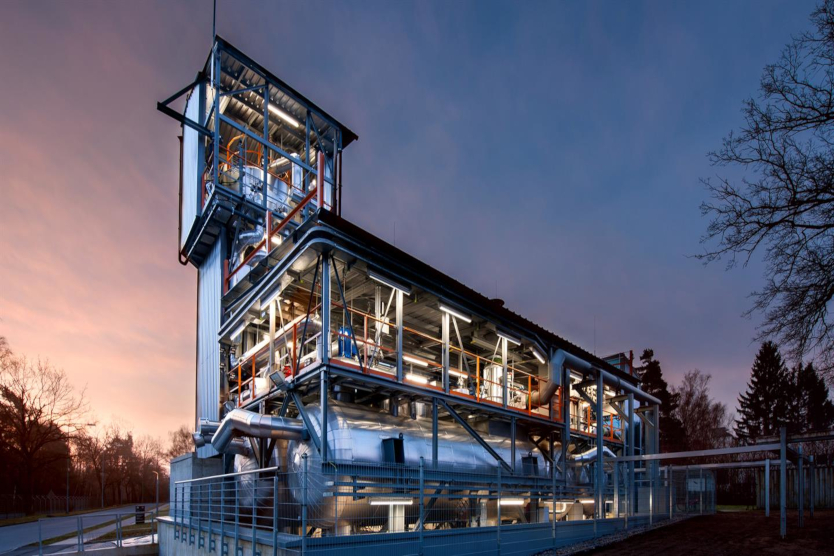
Industrial companies based in Germany could reduce their CO2 emissions by around 2.42 million tonnes per year if renewable gas burners were used for just 30 percent of the energy required.
© DLR, CC-BY 3.0
The second project of Germany’s Hydrogen Technology Offensive has now kicked off with BrEEGa. Where its predecessor OptiLBO focused on improving burner systems for the steel industry, the research team from the Gas and Heating Institute in Essen will build on their findings to develop a more universal burner system that can be adapted to burn CO2-neutral gases during operation.
Most thermoprocessing systems still rely upon fossil fuels, such as natural gas or coal, and are not optimised for renewable fuels. To illustrate the scale of pollution they generate, the researchers have calculated industrial companies based in Germany could reduce their CO2 emissions by around 2.42 million tonnes per year if renewable gas burners were used for just 30 percent of the energy required.
The novel burner system developed by BrEEGa together with its manufacturing partner Friedrich Ley GmbH can be flexibly adapted to different gases during operation. The team are principally focusing on green hydrogen produced by electrolysis from renewable energy sources such as wind power, but methane and raw biogas made from biomass and synthetic gas made by a methanisation process which combines H2 and CO2 from industrial processes could all be used.
However, because different gases have different combustion properties, further research needs to be done into how the alternative gases behave in industrial furnaces to minimise pollution. H2, for example, has a significantly lower calorific value than methane. The flexible burner could also be adjusted to burn a mixture of natural gas and H2 with lower emissions in line with the growing proportion of hydrogen in the natural gas grid.
The BrEEGa team are estimating annual savings upwards of 8,000 gigawatt hours, based on all thermoprocessing plants in Germany, equivalent to the amount of energy consumed by around two million two-person households in one year.


